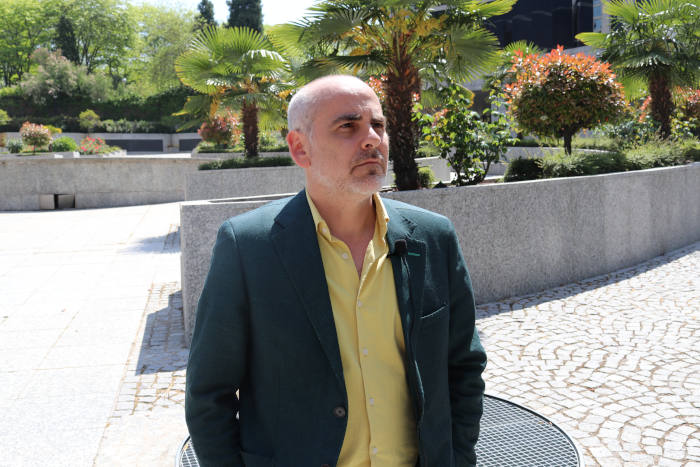-
14 February 2019
Category : Opinion
“The new approach promoted by the SDGs consists of analysing problems from a broader perspective”
Miguel Ángel Lombardo, EVALÚA project coordinator, points out that with the integration of the Sustainable Development Goals and their importance in society, there is a need to change international agendas

In recent times there has been a change in international development agendas, and also in the public policies of different countries, towards ever more comprehensive approaches which are less incrementalist than those seen before. To mention one example, if climate change is a global issue that affects different sectors and multiple territories, does it make sense to focus on cities, to reduce emissions in central hubs or in restricted areas? It may not have a significant impact in terms of reducing emissions, but it does have a significant impact in terms of changing the development model and its relationship with cities. It is not a matter of summing efforts together city by city—this is never-ending—and achieving certain goals, but one of changing behaviour from one generation to another.
In terms of the international agenda, this trend has been marked by the acceptance by most countries of a series of objectives that shape development, the Sustainable Development Goals (SDGs). It is as if these countries are committing themselves to a de facto renewal of the Universal Declaration of Human Rights proclaimed by the General Assembly of the United Nations, on 10 December 1948, just 70 years ago. These newer development goals focus on poverty, hunger, health, water, industry and climate, among other issues, and they focus on a different way of doing things.
An interesting example of this is the work of groups of women who, in the 1980s, fled the war in Guatemala to find refuge in the southern areas of Mexico, then later, on their return to Guatemala, they managed to promote substantial changes in the communities where they were resettled. These are processes that occurred outside the major axes of the social and political conflict that marked the cities, neighbourhoods and rural areas, the counterinsurgency struggle and violence, but they were able to articulate a sense of community that would become essential at the time when democracy was re-established. Once the women achieved co-ownership of the land in the communities to which they returned, there was a change in power relations, and if that is accompanied by organisation and leadership, as was the case, it can lead to other changes in terms of the participation and political representation of women at the national level.
The new vision that the SDGs promote consists of the analysis of problems from a broader perspective and in promoting changes in power relations, not just in progress measured in percentages for compartmentalised goals. To this we must add what we already knew, that both civil society and the local sphere play a very important role in the implementation of public policies.
As the rationale behind the SDGs is not incrementalist, it has a great potential to encompass actions that arise in local and civil society spheres, and it is not limited to drawing up lines of action in which the State is the only player. It is here where the impact of small, locally supported actions can be very positive at the national and even global level.
The views and opinions expressed in this blog are the sole responsibility of the person who write them.




